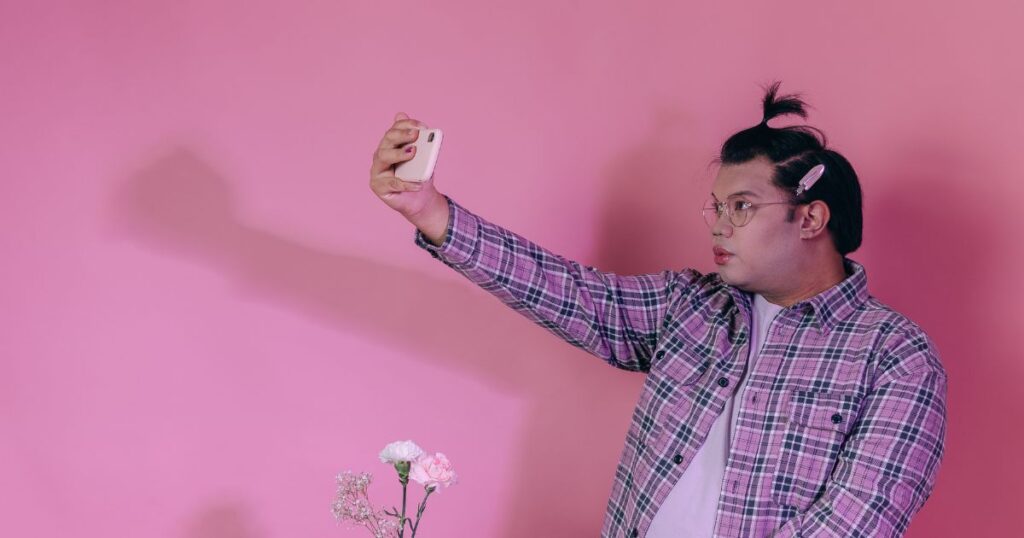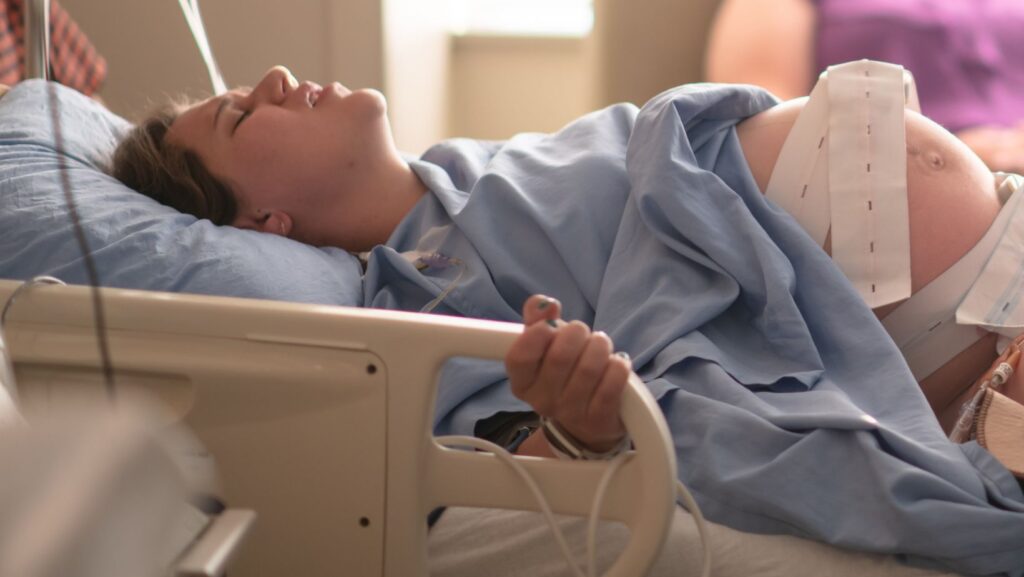Clear vision matters so much in daily life. Whether you’re reading the news, driving at night, or just trying to recognize a friend across the street, your eyes keep you connected to everything. Once vision problems creep in, they can really throw off your whole routine and make things a lot tougher.
Restoring clear vision with today’s treatments can make a huge difference in how people live. It’s not just about sharper eyesight, either. People often notice fewer headaches, less eye strain, and even a boost in confidence.
Options these days range from glasses and contacts to surgical fixes. Each has its upsides, depending on your lifestyle and what your eyes need. The right choice can let you get back to the stuff you enjoy without constantly battling blurry or strained vision.
Understanding Vision Loss and Its Impact
Millions of people worldwide deal with vision loss, and it can upend daily life. It’s not just about what you see—losing vision can affect your independence, emotional health, and overall quality of life in ways you might not expect.
Common Causes of Vision Impairment
Age-related macular degeneration, or AMD, is still a leading cause of vision loss, especially for folks over 50. This condition damages the macula, which is the center of the retina, causing blurry central vision. Glaucoma hits about 3 million Americans and usually sneaks up without symptoms until it’s already done damage. It harms the optic nerve thanks to rising pressure inside the eye.
Roughly a third of people with diabetes end up developing diabetic retinopathy. High blood sugar damages the tiny vessels in the retina, making them leak or even close off entirely. Other causes people run into include cataracts (when the lens clouds up), refractive errors like nearsightedness or farsightedness, retinal detachment, and various eye injuries.
Effects on Daily Living and Well-Being
Vision loss can turn simple tasks into real challenges. Reading your mail, recognizing faces, or keeping track of medications suddenly isn’t so straightforward.
Mobility problems often come up too, since depth perception can get weird. Navigating stairs, curbs, or uneven ground becomes risky, and the chance of falling nearly triples compared to people with normal vision.
Social isolation is sadly common. People with vision issues sometimes stop joining in on activities they used to love. About 30% even report dealing with significant depression.
Needing help for things like getting around, shopping, or managing the house can chip away at independence and self-esteem.
And let’s not ignore the financial side—vision loss can limit job opportunities and drive up healthcare bills.
Early Signs and Detection
Spotting vision problems early gives you a much better shot at treatment. Some warning signs to watch for: blurry or hazy vision, floaters, trouble seeing at night, colors looking faded, or sudden flashes of light.
If you’ve got a family history of eye disease, diabetes, high blood pressure, or you’re over 60, regular comprehensive eye exams are even more important. Most eye conditions creep up slowly and don’t cause pain. That’s why it’s smart to get your eyes checked every year—doctors can catch problems before you notice anything wrong.
Cataract Treatment in Singapore
Cataract treatment in Singapore stands out as a top spot in Southeast Asia. The country’s eye centers use some of the latest tech for diagnosis and surgery. Cataract surgery there usually runs between SGD 3,000-5,000 per eye. Most doctors use phacoemulsification, breaking up the cloudy lens and swapping it for an artificial one.

Recovery tends to go pretty fast, with most people seeing clearer in just a day or two. Full healing takes about a month. Places like Singapore National Eye Centre and private clinics such as Eagle Eye Centre offer excellent care. The success rate for cataract surgery in Singapore sits above 95%, making it one of the safest surgeries around.
Modern Approaches to Restoring Clear Vision and Enhancing Quality of Life
Vision restoration today blends medical advances with lifestyle tweaks, helping people see better and feel better overall.
Innovative Medical Treatments
Laser eye surgeries like LASIK, SMILE, and PRK keep improving. These options reshape the cornea to fix nearsightedness, farsightedness, and astigmatism, usually with quick recoveries and minimal discomfort. Intraocular lens implants have come a long way, too. Multifocal and accommodating lenses can restore vision at different distances after cataract surgery, cutting down on the need for glasses.
Doctors now use anti-VEGF injections to treat macular degeneration and diabetic retinopathy. These meds stop abnormal blood vessels from growing in the eye and help prevent further vision loss. Gene therapy is starting to show some real promise for inherited retinal diseases that used to be untreatable. Treatments like Luxturna can bring back functional vision for certain genetic mutations.
Vision Rehabilitation Techniques
Low vision specialists take a hands-on approach, combining optical devices with training to help people make the most of their remaining sight. They tailor strategies for each person. Vision therapy programs work on eye coordination and processing. Exercises can help with lazy eye, crossed eyes, and other binocular vision problems.
Some of the main techniques include eye tracking, focusing activities, boosting peripheral awareness, and improving depth perception. Neurological vision rehab helps people recover visual function after brain injuries or strokes by retraining neural pathways.
Lifestyle Modifications for Improved Vision
What you eat really does matter for your eyes. Foods rich in omega-3s, lutein, zeaxanthin, and vitamins C and E can help protect against age-related vision issues. Think leafy greens, fatty fish, colorful fruits, and nuts or seeds.

Getting regular exercise helps blood flow to the eyes and keeps conditions like diabetes in check, which is good news for your vision. Even just moderate activity can make a noticeable difference.
Staring at screens all day? Try the 20-20-20 rule: every 20 minutes, look at something 20 feet away for 20 seconds. Good lighting and a decent desk setup help, too.
Assistive Technologies and Tools
Smart glasses and wearable devices help people with low vision see better. Some, like OrCam, use AI to read text out loud, while others, like IrisVision, let users zoom in on what they need to see.
Mobile apps for vision assistance really changed things for people who are visually impaired. These apps can spot objects, read text out loud, or even help with navigation. It’s honestly impressive how much easier they make daily life.
Screen readers and magnification software open up digital content for everyone. Now, you can tweak settings to fit your own vision needs instead of settling for a one-size-fits-all approach.
Adaptive lighting makes a big difference for folks with photosensitivity or low vision. You can adjust the brightness and color temperature, which helps cut down on eye strain and lets you see things more clearly—even if it’s just finding your keys in a dim room.


